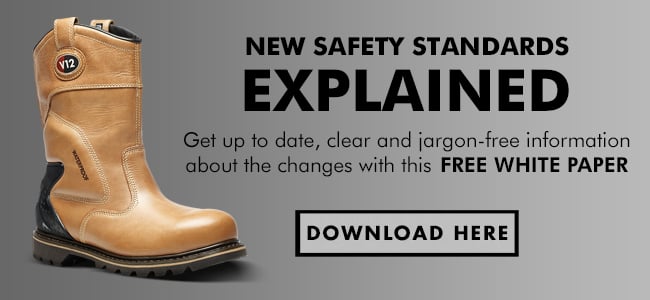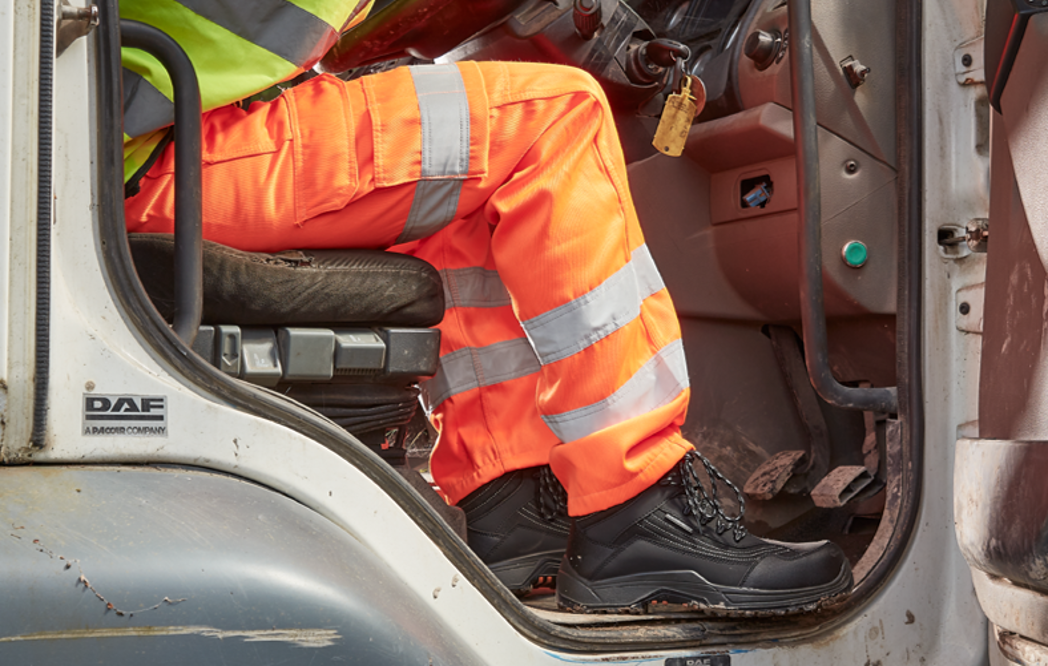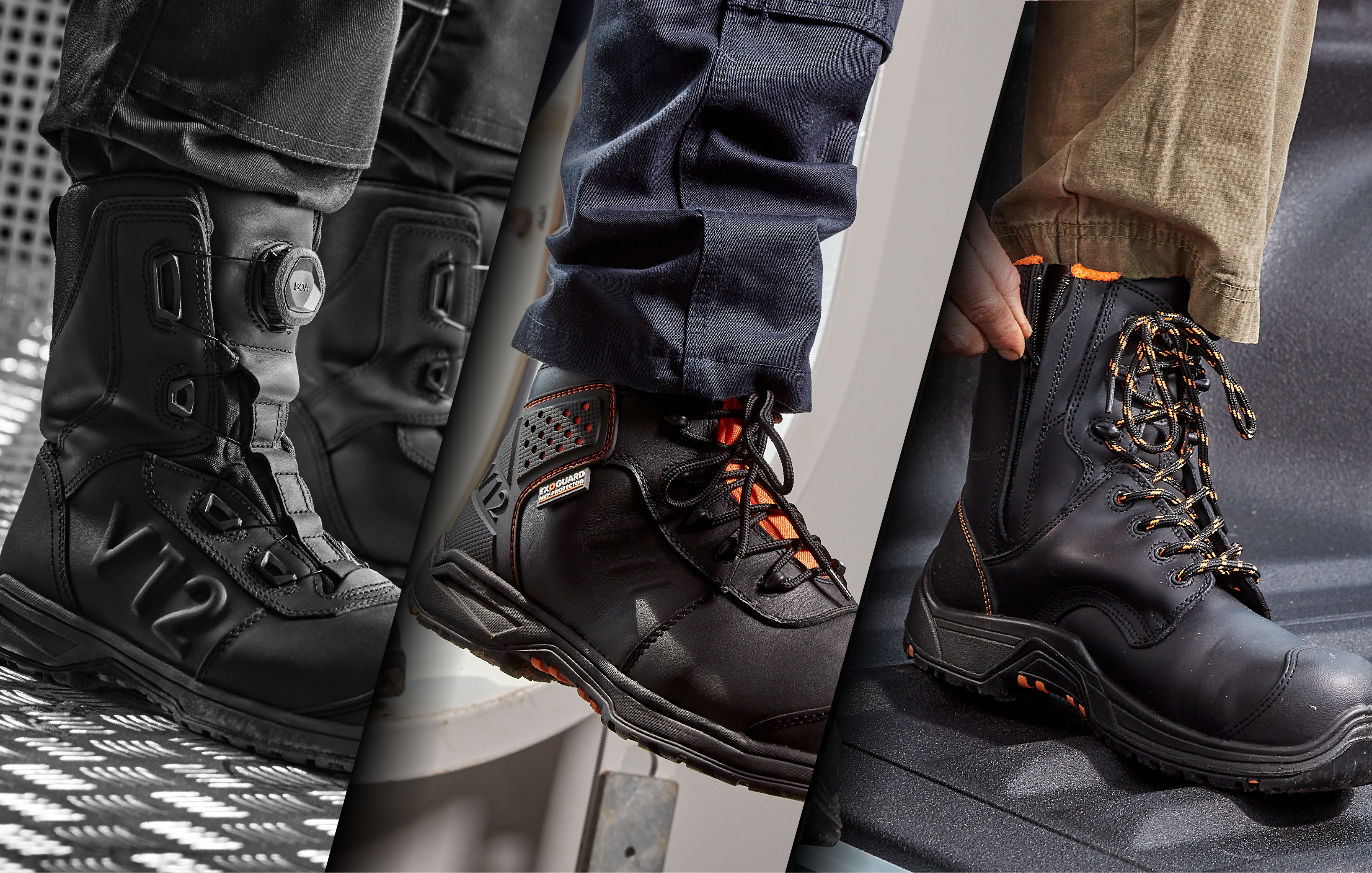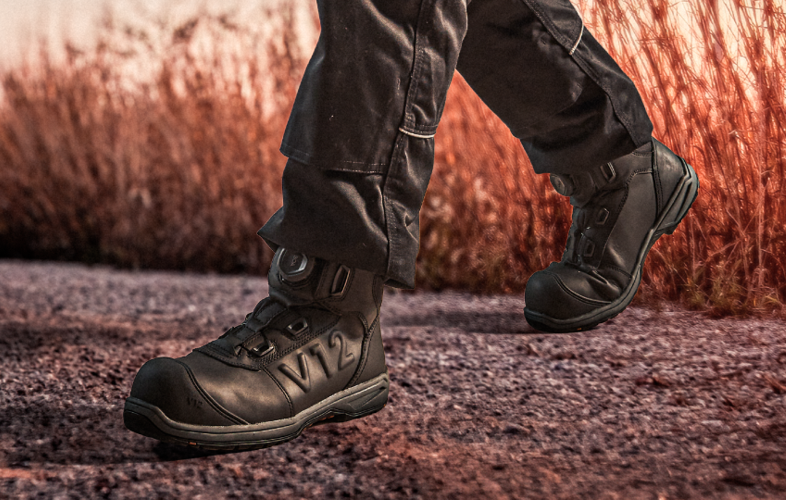After being in place for over a decade, the safety standards for footwear are changing. And when safety codes and requirements change, it can get a little overwhelming. But we believe that safety shouldn’t be a mystery – and that’s why we’re going to walk you through some key information about the new changes and how they might affect you or your business.
What is changing?
The changes being introduced affect a number of areas of safety footwear including the requirements a safety boot needs to meet certain standards as well as new testing methods, but in this blog, we’re giving you exclusive access to a white paper which fully explains all the changes.
Why are some of the standards being changed?
The updates are to:
- Ensure testing represents ‘real world’ safety scenarios
- Make testing on certain boot types more precise
- Ensure new materials used in safety footwear are also tested
Ultimately, these changes in the standards are to ensure people working in hazardous industries have the best chance of being protected by their footwear.
Some of the new safety footwear standards include:
- Changes to slip-resistance and water-resistance
- New codes and tests in nail penetration
- New ladder grip tests
And you'll be able to see these changes reflected in the way safety boots are labelled - take a look at the following image.
 The image at the top is the tongue label for V12’s E1300.01 Defiant IGS tested to the older EN ISO 20345:2011 standards. The tongue label on the bottom is for the same boot, but tested under the updated 2022 standards. As you can see, there are quite a few differences in the markings.
The image at the top is the tongue label for V12’s E1300.01 Defiant IGS tested to the older EN ISO 20345:2011 standards. The tongue label on the bottom is for the same boot, but tested under the updated 2022 standards. As you can see, there are quite a few differences in the markings.
While they still share some of the same information - remember, not all the standards are changing – the tongue label on the bottom features a number of new codes such as LG and FO, the updated slip rating code SR as well as other markings previously not seen on the 2011 version such as SC. But these are only a few of the standards changes.
We know you won’t want to get left behind, so we’ve outlined the key changes in the safety standards that could affect you. Click below to access a clear, simple and jargon-busting explanation in our white paper on all of the updates and new requirements.
How will the safety standard changes affect me?
How the changes will affect you will depend on what your role is in relation to safety footwear.
I’M A SAFETY DISTRIBUTOR
- You need to be up to speed with changes in the safety coding to support your customers who might not be aware of the latest updates. Your customers may have old standards on tender documents and product catalogues, so it’s key to have an understanding of what’s changed.
I’M RESPONSIBLE FOR FOOTWEAR FOR MY COMPANY
- Knowing the changes in standards will be vital for specifying and requesting safety footwear from your suppliers, because you’ll need to be specific on the right level of protection. Being able to identify inaccuracies in procurement product requests also depend on you getting to know the new standards.
I BUY MY OWN FOOTWEAR
- If you buy your own footwear, knowing the new coding will be key so you can check the level of protection in your work boot. A number of safety markings that have been familiar for years have now been either removed, modified or incorporated into new safety codes, so you need to get to know these changes as soon as possible.






